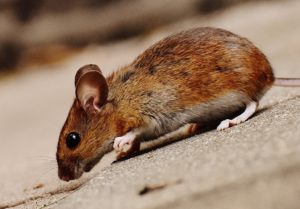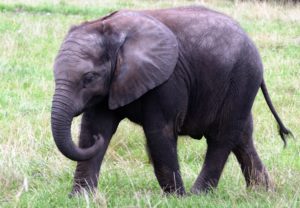

- Call 908 543 4390
- Email
- Dr.Joni Redlich PT,DPT


Small, Tall, Big and Small
From a young age, children are introduced to opposites. From children’s books to playtime, opposites are a fun theme with great vocabulary and concepts. From a developmental perspective, we are showing our kids how to recognize differences in the world and in ourselves.
Our perceptions and the decisions we make are guided by recognizing differences. We can recognize differences in the world when we learn how some things are big and some are small. We recognize an elephant as big and a mouse as small. We recognize a Dad as tall and the child as short. From these concrete and visual opposites we can learn to understand similar differences in our thoughts and feelings. We can feel happy sad, hungry or full, sleepy or energetic and engaged or bored. 

At Kid PT, we often hear from parents that their child is always on the move, always running, or always soooo loud. Often the strategy used to address these concerns, is to practice the opposite. The child is told to slow down and be quieter.
But what if we flip this strategy on its head???
The child who is always on the move may not recognize the difference between moving fast and slow. Asking them to move slower is not something they can truly perceive let alone do, especially on their own when no one is asking them to do it.
Instead, if we try the opposite and ask the child to move FASTER, we’re asking them to recognize a difference that is already within their world of understanding. If we can practice fast-faster-fastest, then the child can begin to recognize the differences of different speeds. Once they do, they can then understand all of the other speeds of slow, medium and fast.
A child that is always moving fast is like a light switch. There is on and off. There’s no such thing as a little on or a little off. It is one or the other. You can’t ask that light to not be so bright.
If we install a dimmer on our light switch, it can now move between bright, not so bright, a little dim and off. Meeting our kids where THEY can recognize differences, like between fast and faster for the always-fast-moving-child, is like installing a dimmer switch. The child can start learning to move that dimmer switch and over time they will be able to recognize all the different speeds that they can move their bodies.
The same goes for the child who is always loud. The main strategy is usually to ask the child to be quieter. What if we try the opposite??? Ask the child to be louder! Then have them use their regular voice (even if it’s loud). Keep playing with the differences that are within the child’s universe. From there, you can build and build. You’ve now installed a dimmer switch that can recognize all different levels of volume and not just one the child has and the level that adults are asking of the child.
This is is just one example of how we can flip therapy on its head and work smarter instead of harder. If we work on a child’s strengths and natural abilities, we can truly change how a child experiences the world. Helping a child change from the inside out can then spontaneously change how they learn and how they move so that they can truly become their best selves!


Leave a Reply
Want to join the discussion?Feel free to contribute!